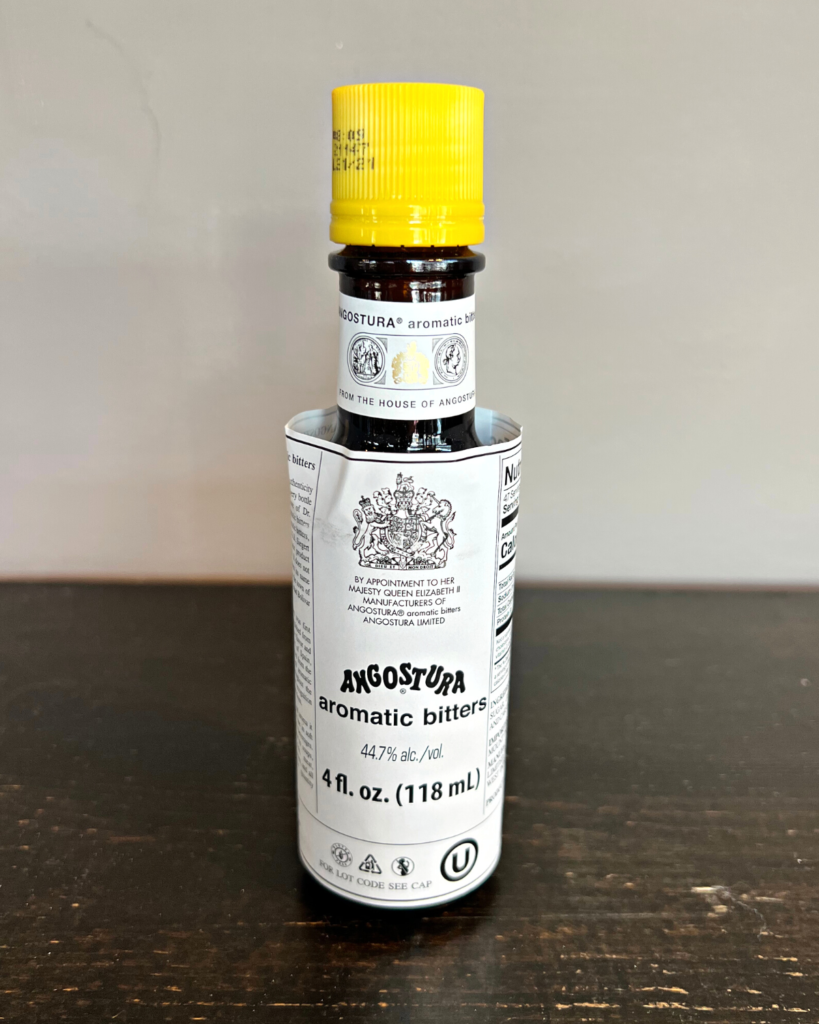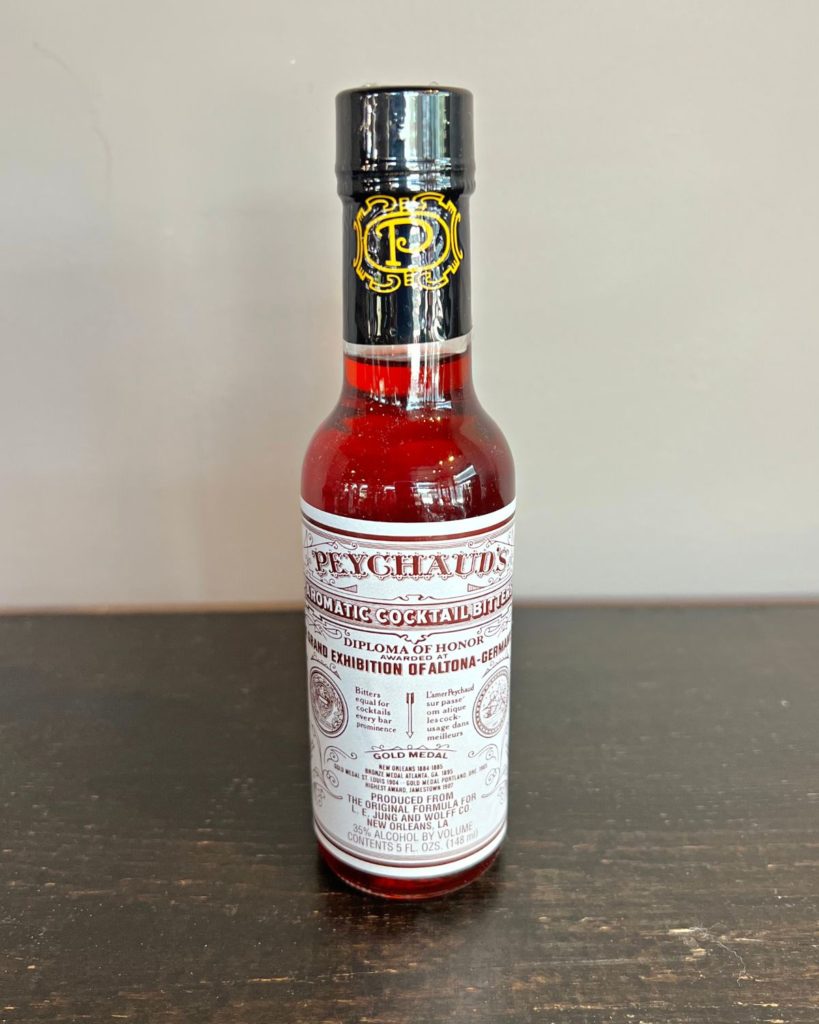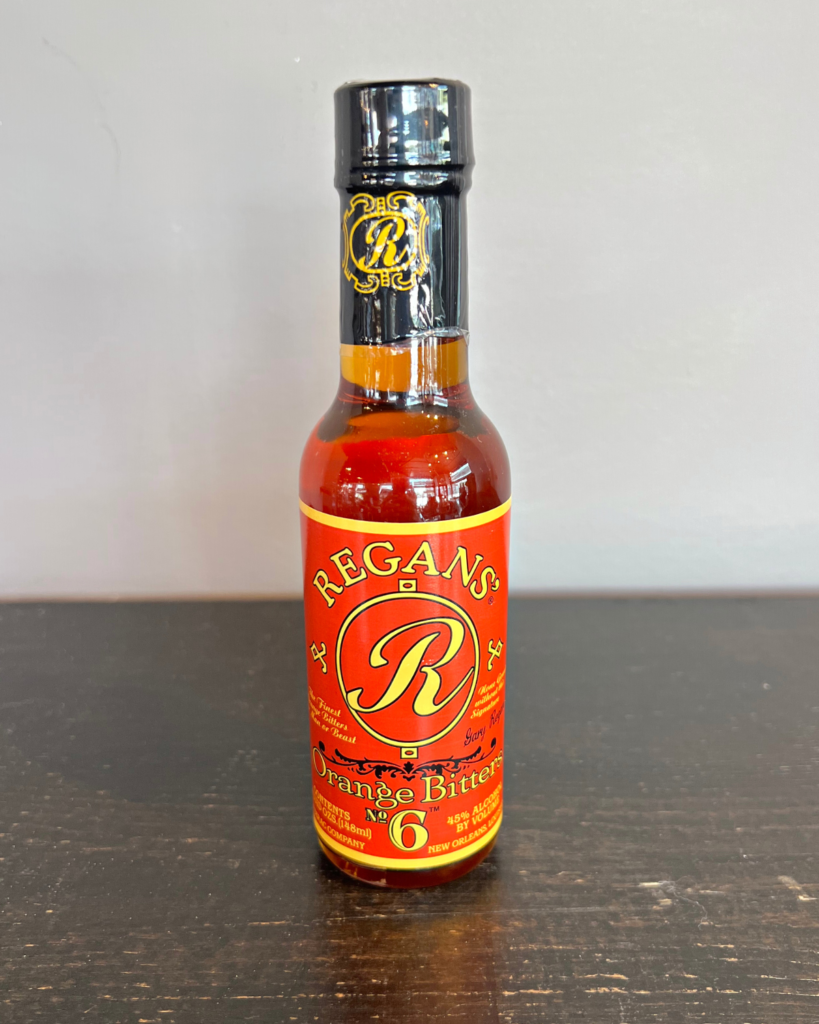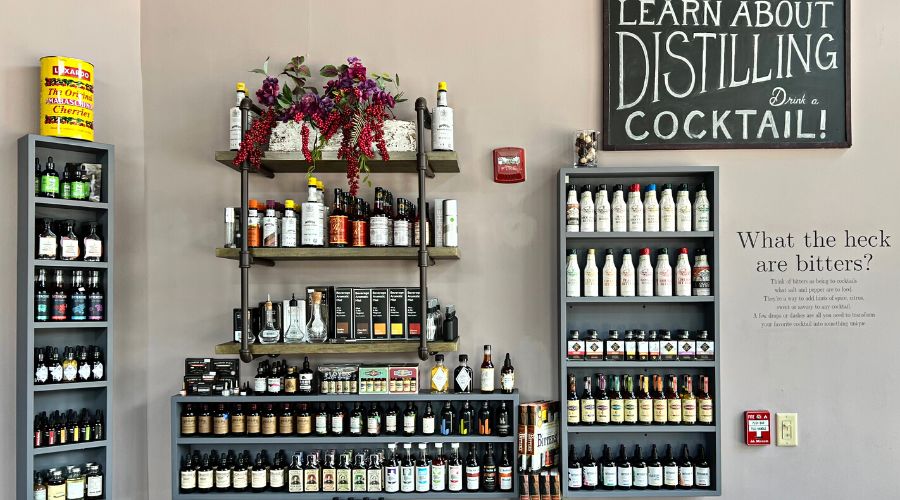Bitters For Beginners
If you’ve been to our Burlington Tasting Room, then you’ve probably seen it—the wall dedicated to bitters. To the right, we pose the question that is likely on the minds of at least some who browse our retail section: What the heck are bitters? If you don’t know yet, or if you’re new to the wide world of bitters, this blog post will serve as your Bitters for Beginners guide.
Bitters have sharp, pungent flavors that are made from base spirits infused with herbs, fruits, spices, roots, tree bark or other botanicals that typically come in small glass bottles with a dropper. Much like the spices or salt we use to enhance our meals, just a couple drops of bitters can enhance our cocktails. However, this isn’t how bitters got their start.
Bitters were created as far back as the 1700’s as a medicinal tonic or tincture, with a bitter flavor that was presumed to cure a wide range of ailments (Dietsch, 2020). As an example, gentian root (which is commonly used in bitters and bitter liqueurs) is thought to aid with digestion. Is there truth to that? Perhaps, but as you may have noticed, today’s physicians don’t send us home with bitters to treat our maladies.
By the early 1800’s, the word “cocktail” was in regular use to describe bitters when diluted with spirits, water and sugar (to make the “medicine” more potable). Cocktails became common as a way to cut the strong flavor. Bitters found their way into bars in the 19th century, but not for long, in part due to Prohibition (Dietsch, 2020). They have since seen a resurgence in craft cocktails around the world, but today, the intent is much different. Now bitters are used to enhance the featured spirit in a cocktail, rather than used as a way to treat the sick.
As evidenced by the wall at our Burlington Tasting Room—there is a wide variety of bitter flavors available today. If you’re just starting to explore the wide world of bitters, you’re likely wondering where you should begin. There are a few bitters you’ll commonly see featured in cocktail recipes, so if you’re a beginner with bitters, these go-to bottles are great to have in your home bar:

Angostura Bitters
Angostura Aromatic bitters have been around for hundreds of years, and it is used in numerous cocktail recipes. Cocktails like a Manhattan, Old Fashioned, Mai Tai, and Trinidad Sour all attribute some of their signature flavor from these bitters, which have a taste of herbs, fruits and spices. If you could only purchase one bottle of bitters, this would be it.

Peychaud’s Bitters
Also having stood the test of time like Angostura Bitters, Peychauds originated from a pharmacy in New Orleans. These distinctive aromatic bitters, with a grapefruit and anise flavor, are irreplaceable in cocktails like the Sazerac and La Louisiane.

Regans Orange Bitters
Made with a bitter orange extract and herbs, Regans was famously developed by Gary Regan, a foremost cocktail authority in the United States. As far as orange bitters go, this is one of the more bitter options. It adds great flavor to the Greenpoint, an Old Fashioned, and even rum drinks like our Apricot Blossom.
Of course, these are just the start when it comes to bitters. There are so many other options out there, like cocoa bitters, cardamom bitters, lavender bitters, grapefruit bitters, and more. Stop into our Burlington Tasting Room for a full range of options. Once you’re stocked up on these go-to bitters, you can experiment with different flavors from different brands. If you aren’t sure what to try next, our team can help point you in the right direction. Who knows, you might just stumble onto a new favorite cocktail that way!
Written by Brianne Lucas and published on August 29, 2022.
References:
Dietsch, M. (2020, September 12). Cocktail 101: All About Bitters, Part 1. Serious Eats. Retrieved August 23, 2022, from https://www.seriouseats.com/cocktail-101-all-about-bitters-what-are-bitters-history





